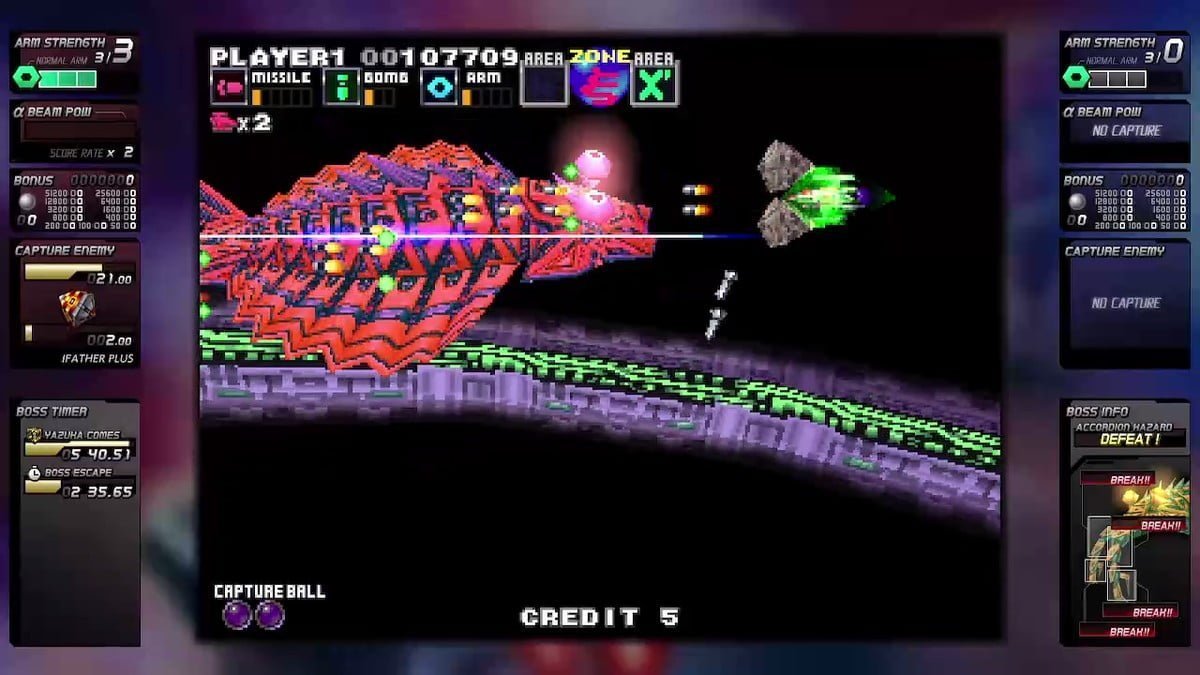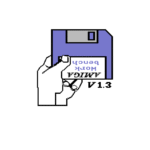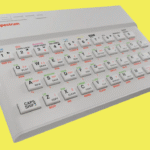The Darius game series is widely respected among those who played it. Here’s how it came to define a genre.
The uncharted potential of 3D blessed virtually every genre it touched out of the gate, heralding the arrival of gaming’s most enduring icons. Whether it was Crash Bandicoot bringing a whole new perspective to the platformer, the claustrophobic combat of Resident Evil, or the unparalleled immersion of Gran Turismo’s racing simulation, games had never played better.
You already know all of this, though, I’m sure. Well, what about the shoot-em-up? Whilst not typically lauded for its jump to 3D, even its earliest forays into the new dimension brought something special. Case in point, Taito’s G-Darius.
If you’re not familiar with this series, let me quickly bring you up to speed. The Darius name has always been something of an iconic enigma in shoot-em-up lore, from its very early beginnings in 1987. You might recognise it due to its recent remastering on the Switch in the form of the Cozmic Collection (reviewed on this site) bundling together multiple versions of its original games.
What makes these enemies so unique is that they’re exclusively maritime themed, taking the shape of various kinds of sea-life.
Originally utilising an innovative three-screen arcade setup to allow for its epic ambition, the series’ inaugural entry set the tone for its huge depth of immersion, creativity and off-beat identity. Assuming the role of pilot to the stylish “Silver Hawk,” Darius sees you travel through levels to mow down scores of mechanical vessels known as the Belsar. What makes these enemies so unique is that they’re exclusively maritime themed, taking the shape of various kinds of sea-life.
Branching levels, a different game every time
Whilst this might sound daft, the designs and concepts of these aquatic adversaries often make for engaging battles and clever designs, pushing the limits of the idea to its fullest. Branching choice levels means encourage replayability, building a fuller experience, each level home to a new environment and boss fight. Typically, your weapons will consist of rockets, bullets and bombs, all of which can be constantly upgraded barring a lost life.
Whilst the first game had planted the seeds for greatness, for many players, the second game was where the series found its footing. Introducing the branching level feature and a more unorthodox OST, it was the series’ first step into establishing its identity.
In 1994, the game Darius Gaiden would hit arcades with a renewed emphasis on creative enemy encounters, brooding backdrops and an eclectic soundtrack that polished groovy synth-pop with lashings of experimental nuance. It was an iconic effort that illustrated the series’ development and maturity from its earlier, technically limited days. The ability to recruit mini-bosses along the way and have them fight for you debuted in this game, though it would stick around in subsequent sequels. A devastating, screen filling power-up completed the package. All in all, it’s often remembered fondly as the apex of Darius’ 2D era, for good reason.
The G-Darius game adds a new dimension
Only three years later, Taito would be ready to take this winning combination into 3D. Well, almost. See, G-Darius is a 2.5D title, still starring the horizontally scrolling Silver Hawk as it battles through a chronological prequel dripping with character. Virtually every hallmark in Darius’ arsenal is amplified in execution.



Levels here are grander, not just in scale but in concept as well. Each zone has you feeling like you’re travelling to the heart of a living world coiled in the catastrophe of an unstoppable armada. One level sees you slicing through the calmness of a prehistoric planet overrun with immense flora. Elsewhere, you’ll be floating through space debris in a haunting void ravaged by the aftermath of a planet killing machine, delving into the deepest reaches of the weapon as it powers back up. The subtle scenarios that unfold from beginning to end give you just enough to ponder in a genre that leaves most to the imagination.
If that isn’t enough, the G-Darius game doubles down on its branching paths, splitting the screen at points to allow you to experience each zone in a different way. Depending on your path, you might find yourself flying higher into the clouds or deep into the ocean.
Hi-NRJ infusion
Even in a game this atmospheric, the soundtrack stands out for its effortless style. To match the high stakes of the game’s tone, everything sounds punchier. High energy beats inject enthusiasm into the signature synths of the series, matching melancholy with grooving menace in a dance infused package. Elsewhere, it slows its tempo to match eerier backdrops.
The greatest credit to the music is its ability to accompany the scene it fills, as though each composition was created with the level in mind. Nowhere is this more apparent than one of the game’s final zones, which sees you battling the series’ toughest boss in an alien dimension full of strange ephemeral shapes and constructs. Sinking bullets into an otherworldly deity, you’re spurred on by pensive piano stabs and chilling choral vocals, held together by driving, four to the floor percussion.
Taito’s in house band Zuntata have been ahead of their time from day one, with ideas that sound decades into the future, even outside the context of an esoteric arcade bubble.
It has no right being so brilliant, but it’s thanks to the minds behind Taito’s in house band Zuntata. The band have been ahead of their time from day one, with ideas that sound decades into the future, even outside the context of an esoteric arcade bubble.
Playing the G-Darius game
So, what about the gameplay? Blending beautifully with the cinematic pacing, this game’s iteration of the Silver Hawk has a huge leg up on its chronological contemporaries. Capturing enemies is easier than ever with the introduction of the capture ball, a mechanic that can steal any enemy except for boss fights. Powering up the ammo, rockets and shield of your ship serves as a perfect counter to the swathes of varied foes and their tricky offense, which only increases over the course of the game.
Yet the most visually impressive and effective new ability comes in the form of giant beams, used to match the boss’ own versions a la Metal Black. Levels will also often see the Silver Hawk auto-spin around to fight enemies coming from all directions, an idea that looks as cool as it is useful.
That’s not a boss… this is a boss
One of the greatest elements of the game comes in the form of the boss battles, which take the presentation and combat of the game to its absolute best. Colossal in size and creative in structure, these segments have you blasting chunks out of the Belsar’s best as they assault you from all angles, chipping away at them as though you were playing Shadow of the Colossus.
Beam dueling these behemoths is one of the most fun things you’ll do in the entire genre. Some levels are focused primarily around these bosses, making for long, thrilling encounters. In keeping with the rest of the game, these bosses have never looked better, nor have they been so imaginative since.
Truly, this game is endless in ambition with the fun to match. Its difficulty may in fact prove to be its biggest flaw, reaching frustrating heights over the course of a playthrough. That doesn’t matter in the grand scheme though, the fact is that this game transcends the shoot-em-up, cementing a place in gaming history as a must-play experience.
Eclipsing all of its predecessors and even its sequels, it’s as grand today as it was on release. You can pick up most Darius games on all modern systems today and you really should.
(You can grab G-Darius HD in the Nintendo Switch eShop, where it retails for £24.99.)
Affiliate Disclosure: Some of the links in this post may be affiliate links, which means I may earn a small commission if you make a purchase through those links. This comes at no extra cost to you. Thank you for your support!
Will is a former contributor of Gaming Retro.








